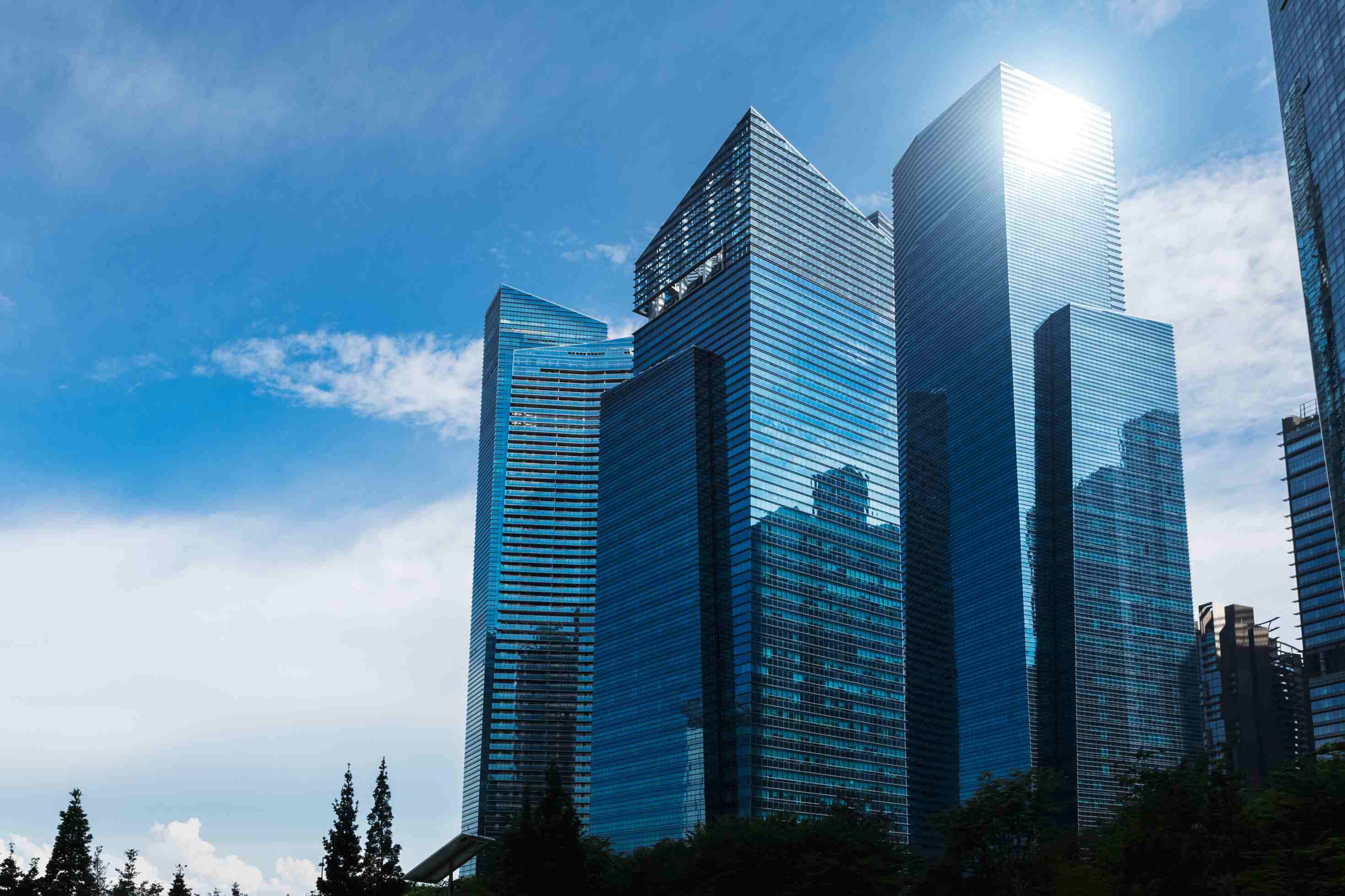16 May, 2023 - Modulex Modular Buildings
Reach for the Skies…We’ve been doing it for more than a Hundred Years
Here are some salient stories: The Home Insurance Building in Chicago was the world’s first skyscraper. Put up in 1885 and rising to the giddy heights of ten stories (six times smaller than the Statue of Unity in Gujarat… how times change), it was the first building in the world to be constructed using a steel and reinforced concrete frame. But lovers of historical architecture shouldn’t rush to buy tickets. The Home Insurance Building disappeared in a cloud of dust while Charlie Chaplin was still wearing baggy trousers: unceremoniously demolished to make way for the even grander Field Building, where office workers had (and still have) the dubious pleasure of never seeing the Sun: skulking between tunnels to ride into work, eat their bagels, have their shoes shined, and ride out again on the “L” Train in time for their TV dinners.
Regarding architectural significance, the poor old Home Insurance Building disappeared quicker than Kwasi Kwarteng’s Mini Budget. So what does that tell us about the way we live now?
Well, not so fast: hold your horses a moment… I promised you two salient stories (see above).
We’re still back in Chicago, where a young Al Capone was probably venturing out to buy his first bottle of beer, a pocketful of bullets, and a Beretta: and if he looked up, he might well have been fascinated by the emerging Rand McNally Building: the world’s first entirely steel-framed skyscraper: built-in 1890 at the eye-watering cost of $1 Million, and housing ( amongst others) the Long Distance Telephone Company that could, for a handful of dimes, allow you to call New York from the comfort of your walnut booth. But, just like its City cousin, the Rand McNally Building was torn down unceremoniously a mere twenty years later. Yet another landmark reduced to rubble in the blinking of an eye.
So, Ok, now we can ask: what does this tell us about how we live now?
Well, two things. First, with or without concrete, those early steel-framed structures didn’t just happen by themselves. They were creatures of contemporary technology: the old-fashioned cast iron was brittle and expensive to produce (totally unsuitable for Construction), but the invention of the Bessemer Converter in 1855, plus new ways of removing phosphorous from the final product (enabling higher flexibility, if you want to know), meant for the first time that steel could be used in newer and ever higher structures. No surprise then that the Rand McNally and Home Insurance Buildings were reaching skywards within thirty short years after Bessemer’s eureka moment.
And, by 1920, largely thanks to the go-getting of Andrew Carnegie and United Steel, annual American steel production had grown from 380,000 tons to 60 million tonnes: so why not pull those amiable old landmarks down, and build them even higher? The rest, as they say, is history…
Fast Forward a Century
When it comes to Construction in the New Millennium, our lives are still rounded with steel and the advanced technologies that go with it.
Increasing demand for low-carbon steel (forget Bessemer Converters, think Basic Oxygen Steel making instead) is currently underpinning an unprecedented 54% market share in low-carbon steel production for public infrastructure projects on the Subcontinent, as well as across the globe.
Advanced, Eco-friendly steel supply for use in India’s residential sector is by itself currently projected to increase by at least 4% over the course of the coming year (www.maximizemarketresearch.com), which reflects a skyrocketing demand for Modular Construction: enabling, in turn, a ramped up capacity for integral steel systems to be dismantled and reassembled with a minimum of fuss.
New age steel production is the backbone of future Construction...just as builders’ rubble, broken pipes, and dried-up brickwork, inevitably destined for landfill sites, is increasingly a creature of the past: all because of the rapid progress of modern technologies…Dinosaur Contractors might pause for thought as they ponder the rubble of the Rand McNally and Home Insurance Buildings.
Add IoT Technologies and AI, each enabling modern construction companies to do much more with so much less…So I’m sure you’ll get the idea.
Executive Overview
We can learn from our shared history: how subtly economic advances intertwine with technology, and nowhere is that clearer at the moment than ConstruTech.
TAGS
- #creativity
.png)

